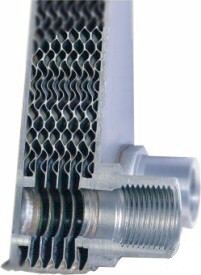tahoetavern
Well-Known Member
- Joined
- Jul 24, 2013
- Messages
- 109
- Reaction score
- 0
I have seen two types of copper wort Emersion coolers. One where the coil is put in an ice chest, and the wort goes through the inside of the pipe. And one where you hook up the chiller to a hose and run cold water through it while swirling it inside your container (bucket, job cooler, keggle etc). I feel like running the wort through the chiller would cool it faster, but harder to clean the residue from the inside of the copper pipe. Pros and cons? Thanks



![Craft A Brew - Safale S-04 Dry Yeast - Fermentis - English Ale Dry Yeast - For English and American Ales and Hard Apple Ciders - Ingredients for Home Brewing - Beer Making Supplies - [1 Pack]](https://m.media-amazon.com/images/I/41fVGNh6JfL._SL500_.jpg)






















































